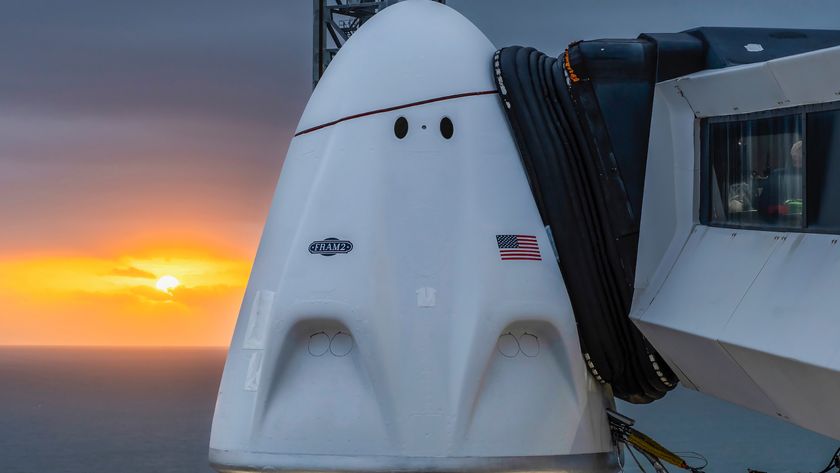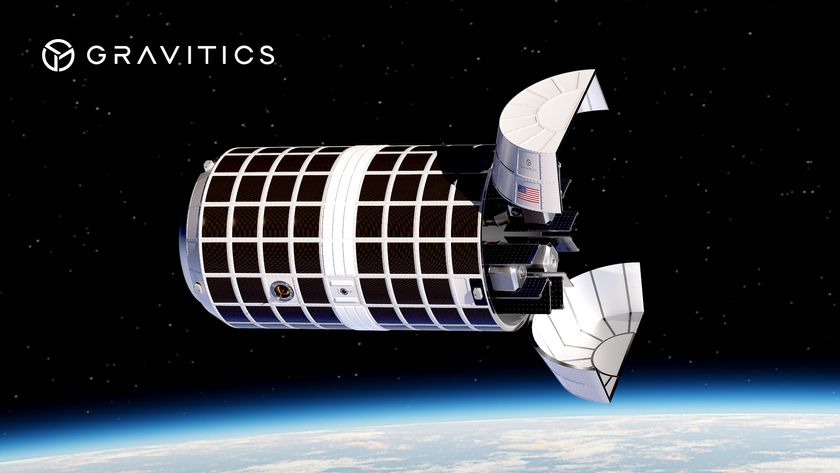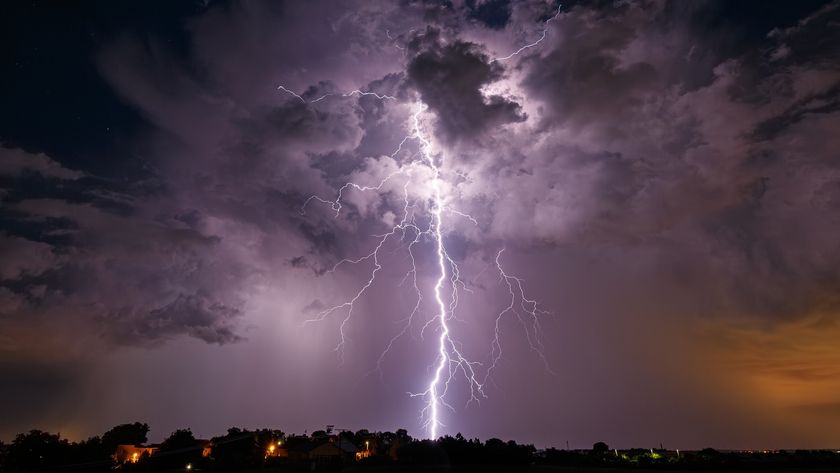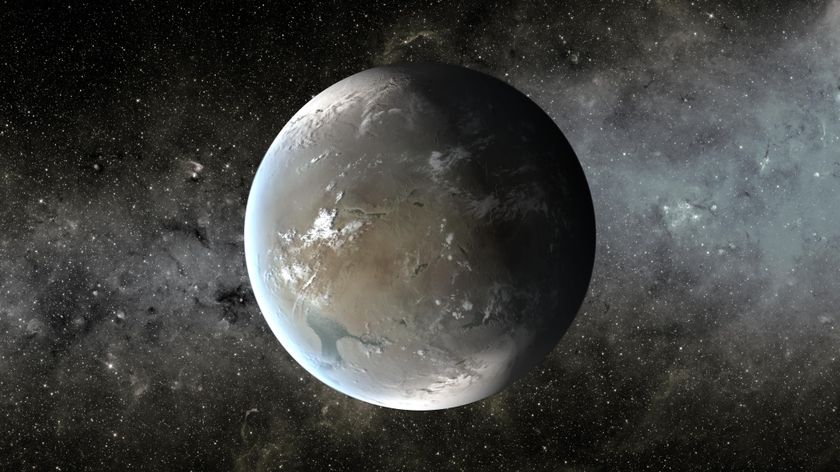Beyond Discovery: A Soyuz-Shuttle-Station Shuffle
With Discovery back on Earth, NASA is confident the orbiter can be turned around in time for a December 2006 launch, though ground crews have their work cut out for them to redress the orbiter for that STS-116 mission.
Shuttle officials expect to use at least 110 days, with an extra five days if needed, to be ready to fly Discovery at the opening of its next launch window on Dec. 14.
"That's a very challenging flow for us," Stephanie Stilson, NASA's flow manager for Discovery, told SPACE.com before the STS-121 flight. "We are going to do the best we can to get everything done in the time allotted...it's very important that we launch in December if we can and we're going to do everything we can to get there."
Discovery also must be ready to launch as a rescue ship to support NASA's next planned shuttle mission STS-115, which is scheduled to fly on Aug. 28 aboard Atlantis. The Atlantis space shot might also launch one day earlier if lighting conditions permit, NASA officials said.
"Right now, everything is per plan and I see no reason we couldn't get to late August to launch Atlantis," NASA launch director Michael Leinbach said Monday.
Initially, NASA's window for the STS-115 flight - a dedicated ISS construction mission to deliver a new solar array to the station - extended through mid-September. But a schedule clash with the planned Russian Soyuz launch of the station's Expedition 14 crew prompted a shortening of that window to about Sept. 7, a one-week reduction.
Russia's Federal Space Agency hopes to launch Expedition 14 commander Michael Lopez-Alegria, flight engineer Mikhail Tyurin and Japanese space tourist - or spaceflight participant - Daisuke Enomoto toward the ISS aboard a Soyuz TMA-9 spacecraft on Sept. 14, but can only do so if NASA launches Atlantis by Sept. 3, NASA officials said.
Get the Space.com Newsletter
Breaking space news, the latest updates on rocket launches, skywatching events and more!
"We don't want to have dual operations at the station with both the Soyuz crew and the shuttle crew at the same time," said William Gerstenmaier, NASA's associate administrator of space operations, adding that simultaneous ISS construction and crew change missions places too many astronauts aboard the station. "We just can't have that many folks on the space station doing the diverse tasks that are there."
NASA's ISS program manager Michael Sufferdini has also said that onboard shuttle systems can interfere with the autonomous Kurs docking systems used aboard Russian spacecraft. A Russian-built Progress cargo ship will also have to be jettisoned to free up a docking port for the incoming Soyuz in that timeline as well, he added.
To work around the scheduling headache, Russian space officials have agreed to delay their Soyuz launch to Sept. 18 if necessary to allow a two-day buffer between Atlantis' departure and the Soyuz arrival.
Russia's Federal Space Agency cannot move the Soyuz launch past Sept. 20 because it would result in a night landing for the spacecraft at the end of its mission, which will be unfavorable for the helicopter recovery crews charged with seeking out the spacecraft on the unlit steppes of Central Asia's Kazakhstan.
"We're going to work with our Russian partners to have them go ahead and move the Soyuz such that we don't have this overlap between the shuttle and the Soyuz at the same time, Gerstenmaier said. "We've balanced our needs and their needs together to get the right answer for the space station."
- Gallery: Shuttle's First Flight
- Gallery: Rare Space Shuttle Images
- Shuttle Discovery: Complete Mission Coverage
- Great Space Quizzes: Space Shuttle Countdown
- Great Space Quizzes: The Space Shuttle
- Great Space Quizzes: Life in Orbit
Join our Space Forums to keep talking space on the latest missions, night sky and more! And if you have a news tip, correction or comment, let us know at: community@space.com.

Tariq is the Editor-in-Chief of Space.com and joined the team in 2001, first as an intern and staff writer, and later as an editor. He covers human spaceflight, exploration and space science, as well as skywatching and entertainment. He became Space.com's Managing Editor in 2009 and Editor-in-Chief in 2019. Before joining Space.com, Tariq was a staff reporter for The Los Angeles Times covering education and city beats in La Habra, Fullerton and Huntington Beach. In October 2022, Tariq received the Harry Kolcum Award for excellence in space reporting from the National Space Club Florida Committee. He is also an Eagle Scout (yes, he has the Space Exploration merit badge) and went to Space Camp four times as a kid and a fifth time as an adult. He has journalism degrees from the University of Southern California and New York University. You can find Tariq at Space.com and as the co-host to the This Week In Space podcast with space historian Rod Pyle on the TWiT network. To see his latest project, you can follow Tariq on Twitter @tariqjmalik.









